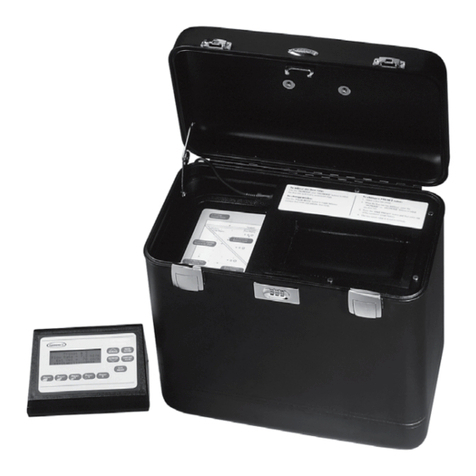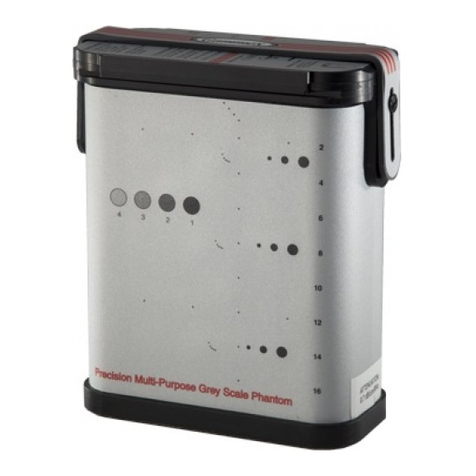
2
Table of Contents
Introduction.............................................................................................................................3
Caringforyour404GSLE.......................................................................................................4
Scanning your 404GS LE .................................................................................................5
AGuidedTourofyour404GSLE.............................................................................................6
EvaluatingthePhantom..........................................................................................................7
Target Specifications.........................................................................................................12
Cystic Targets....................................................................................................................12
GreyScaleTargets..................................................................................................................12
PinTarget..............................................................................................................................12
ResolutionTargetGroup.......................................................................................................12
Phantom Specifications.....................................................................................................14
Physical Specification........................................................................................................14
Tissue Mimicking Background Material...............................................................................14
LowScatter(Anechoic)Cysts................................................................................................14
GreyScaleTargets..................................................................................................................14
HarmonicImaging.................................................................................................................15
System Linearity................................................................................................................17
Quantitative Measurement.................................................................................................19
Baseline Test.....................................................................................................................19
SubsequentTests.................................................................................................................19
Qualitative Measurement...................................................................................................20
Phantom Desiccation.........................................................................................................21
Charts and Graphs..............................................................................................................21
Product Warranty...............................................................................................................22
Sales and Service...............................................................................................................23





























